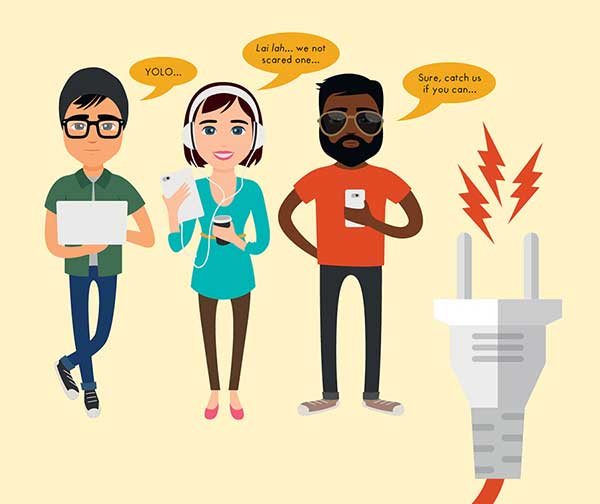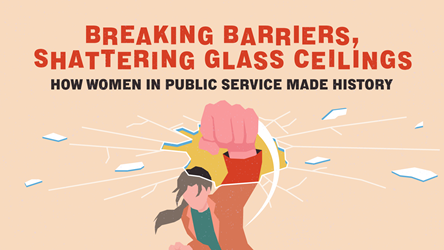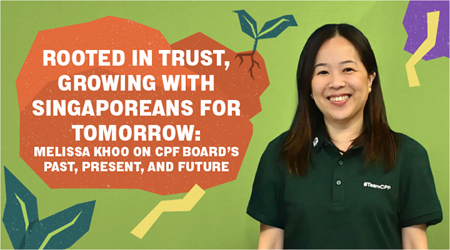Plugging in to youth power

The play by the students of Singapore Polytechnic (SP) was about two families: A single mother labouring to provide for her two children, and a household where both working parents are too busy to care for their only child.
Guided by theatre professionals, the students from SP’s Diploma in Drama and Applied Psychology course honed how they could best convey family issues, as seen through their eyes, in a compelling way. When the play, titled Sundays, was staged at the Esplanade recital studio in July this year, the audience found themselves in tears.
Sundays was part of M1 Peer Pleasure, a theatre festival presented by arts company ArtsWok Collaborative (in collaboration with the Esplanade – Theatres on the Bay) to engage youth in theatre through self-expression and to connect on important issues with a wider public. In its second edition this year, the festival had “Home” as its theme. About 120 youths from secondary schools, SP and a youth theatre company took part.
When youths are engaged, they respond, powerfully.
Youth engagement goes beyond educational seminars or school-based competitions. It is defined by the US-based organisation ACT (Assets Coming Together) for Youth as efforts to encourage young people to become active agents in shaping their own development.
In Singapore, these efforts are diverse and cater to a wide range of interests including public policy, urban planning, the arts, charity and social causes.
SGfuture, with dialogue sessions for youths to articulate their hopes and aspirations for Singapore, is one of the most recent public engagement exercises. The ideas have led to more than 60 projects for the community and government-led initiatives, such as the National Reading Movement.


Everyone gains
The good of youth engagement goes two ways: the organisations involved can harness the energies of youth to generate ideas and projects, while the youths benefit from exposure to ideas and mentors.
Take the Challenge for the Urban and Built Environment (CUBE) by the Urban Redevelopment Authority (URA). The annual workshop and competition pits teams from pre-university institutes to come up with winning urban land-planning proposals.
None of those have actually been implemented. “But our planners do take their ideas into consideration and we are trying to incorporate some of their ideas into our designs,” said Ms Chelsea Zheng, an architect in charge of Community Outreach and Programming at the URA.
Members of a winning junior college team last year – none of whom had any design or urban planning experience prior to CUBE – came up with a concept called “The Weave” for a regional centre at Paya Lebar. Inspired by how the leaves of the ketupat are woven together and the diversity of land use in the area, the students proposed different building blocks, each with different functions, connected by bridges across levels.
One of the student participants, Jillian Loe, was so inspired by what she had learnt while taking part in CUBE in 2014 that she decided to apply for internship at the URA, and later became one of its scholarship holders.
_2.jpg)
What works?
Elements of youth engagement that get participants really excited include opportunities for mentorship and interaction with professionals, the provision of credible platforms, and genuine opportunities to be heard.

On M1 Peer Pleasure, its co-producer Ms Ngiam Su-Lin said: “It’s not an annual school-based competition or a drama club putting up a performance. Here is a platform where youths can perform publicly for everyone, and in a professional venue.”
Going outside of school, she added, “gives these youths a safe place to experiment, try, fail and voice out about issues which they sometimes can’t articulate in school”.
After every performance, there is a 30-minute interaction session between performers and the audience. It always over-runs. “There are so many things to talk about,” she said. “The top issues that resonate with youth are mental health, bullying, racism and LGBT issues.”
Today’s youths, perhaps more so than those from earlier generations, seek authenticity, noted Associate Professor Ho Kong Chong from the National University of Singapore’s Department of Sociology.
Referring to the Truth About Youth survey by McCann Worldgroup, he said: “Because there is a lot of falsehood out there and hype on social media, there is a sense of disillusion-ment, but at the same time, it heightens the youths’ need to search for truth and justice.”
In other words, youths do not want to be engaged for engagement’s sake. “Young people can spot a fake, especially the young people of today. If you try to engage them and it’s a paper exercise, they’ll pull back,” he said.
And the nature of youth today is such that they would take the initiative to engage their peers, contrary to the widely held notion that they are apathetic. “There are so many instances of youths starting their own social enterprises to address issues like poverty or disabilities. It gives meaning to their lives,” Professor Ho said.
What has proven particularly powerful is when youths are engaged over a sustained period of time, such that a relationship is formed. Air Amber is a youth-led social enterprise that engages fellow youths to befriend migrant workers. One of its initiatives is a weekly meet-up during which both sides come together to play games, have fun and chit-chat.
Recently, to support a drive to obtain EZ-Link cards for some of these migrant workers, a 14-year-old Air Amber regular marshalled a 40-strong team of rugby boys from his school to help solicit card donations from Raffles Place.
Air Amber co-founder and Chief Operations Officer Shahril Hassan mused: “When the youths regard these migrant workers as friends rather than people who are needy, the call is different. There is a sense of ownership, and that is when people will contribute actively.”
Engaging To Gain New Ideas And Grow New Talent
.jpg)
In the Public Policy Challenge, finalists get to work with senior policy officers, who will be their mentors. The aim is to expose university students to the complexities of policymaking, through cases based on real challenges faced by Singapore.
For the 2016 Challenge, the case was developed in collaboration with the Committee for the Future Economy (CFE). Participants worked on how to strengthen Singapore’s position in a digital economy, a "new reality" that the students will face when they enter the job market, says organiser Ms Corinne Chow, from Communications & Strategic Relations at the Public Service Division.
The participants’ policy proposals were shared with the CFE, which is looking at how to better prepare Singapore for future complex challenges and opportunities. Besides providing new perspectives, "the [students] also highlighted the concerns on the ground, which are necessary for effective policymaking,"adds Ms Chow.
A number of participants have gone on to join the Public Service, like Ms Clara Ng at the Ministry of Social & Family Development. She says: "The Challenge taught me to hold on to a beginner’s mind: to ask the right questions, and be able to articulate a vision of change that convinces others of why it matters."
- POSTED ON
Nov 1, 2016
- TEXT BY
Wong Sher Maine
- ILLUSTRATION BY
Mushroomhead









